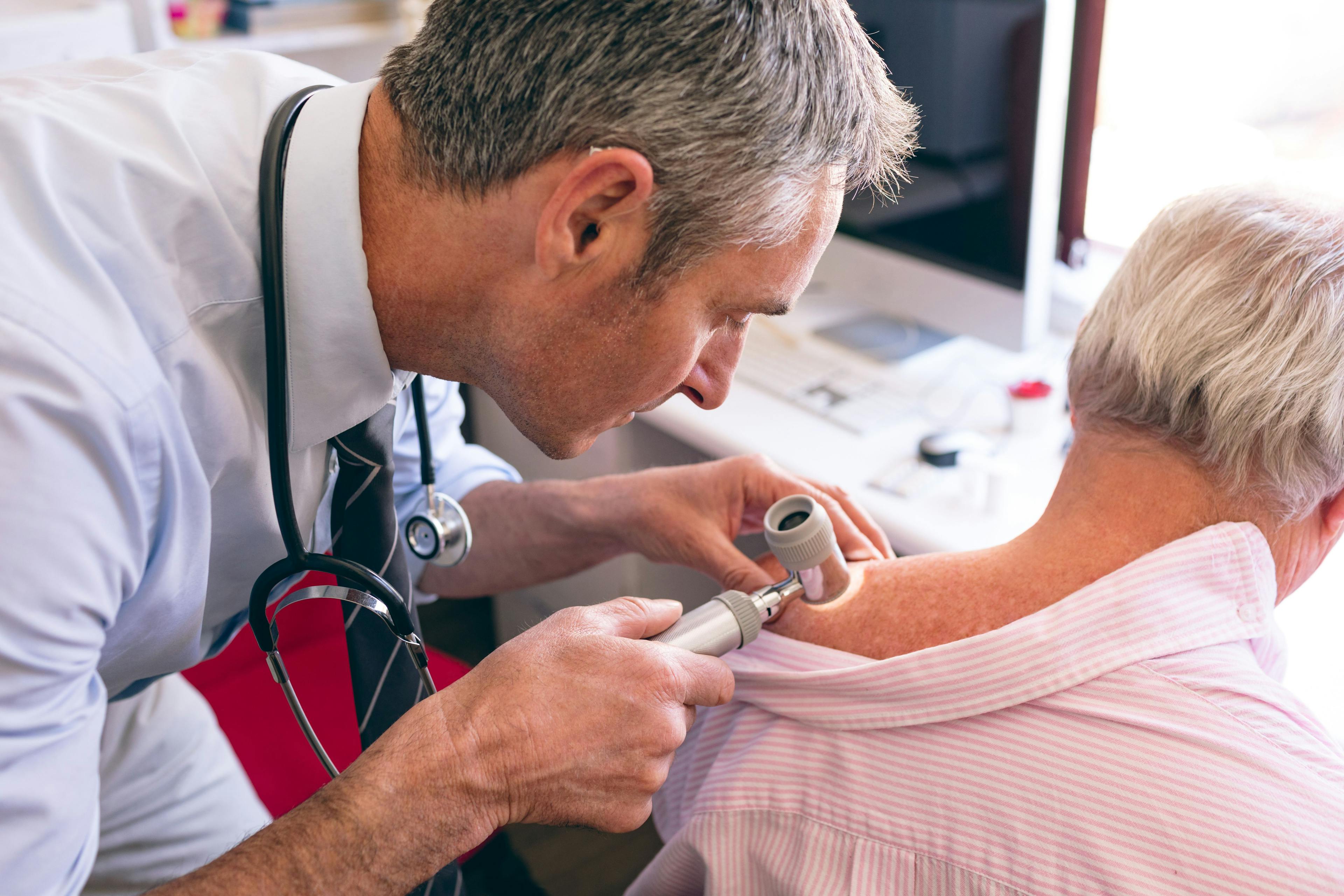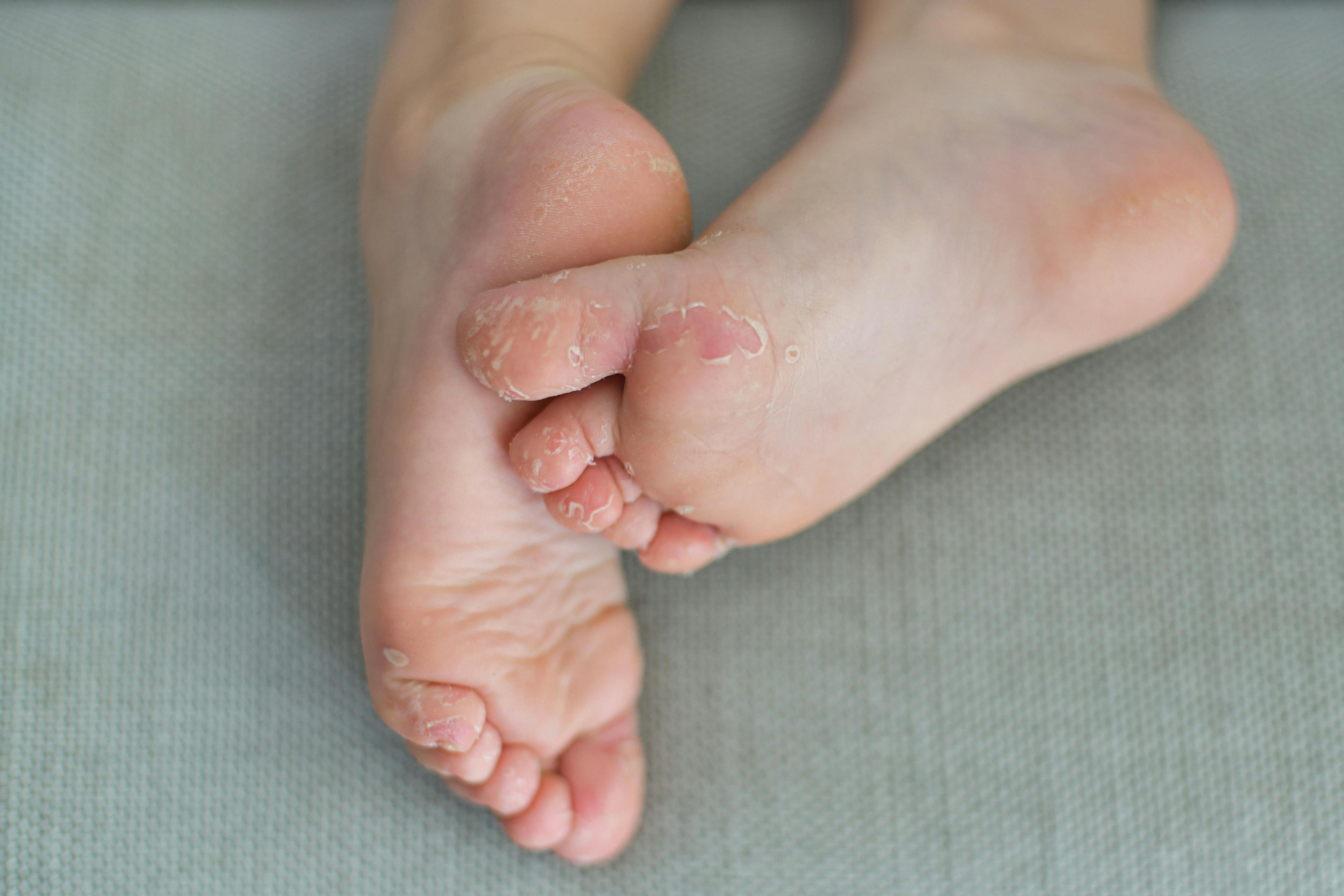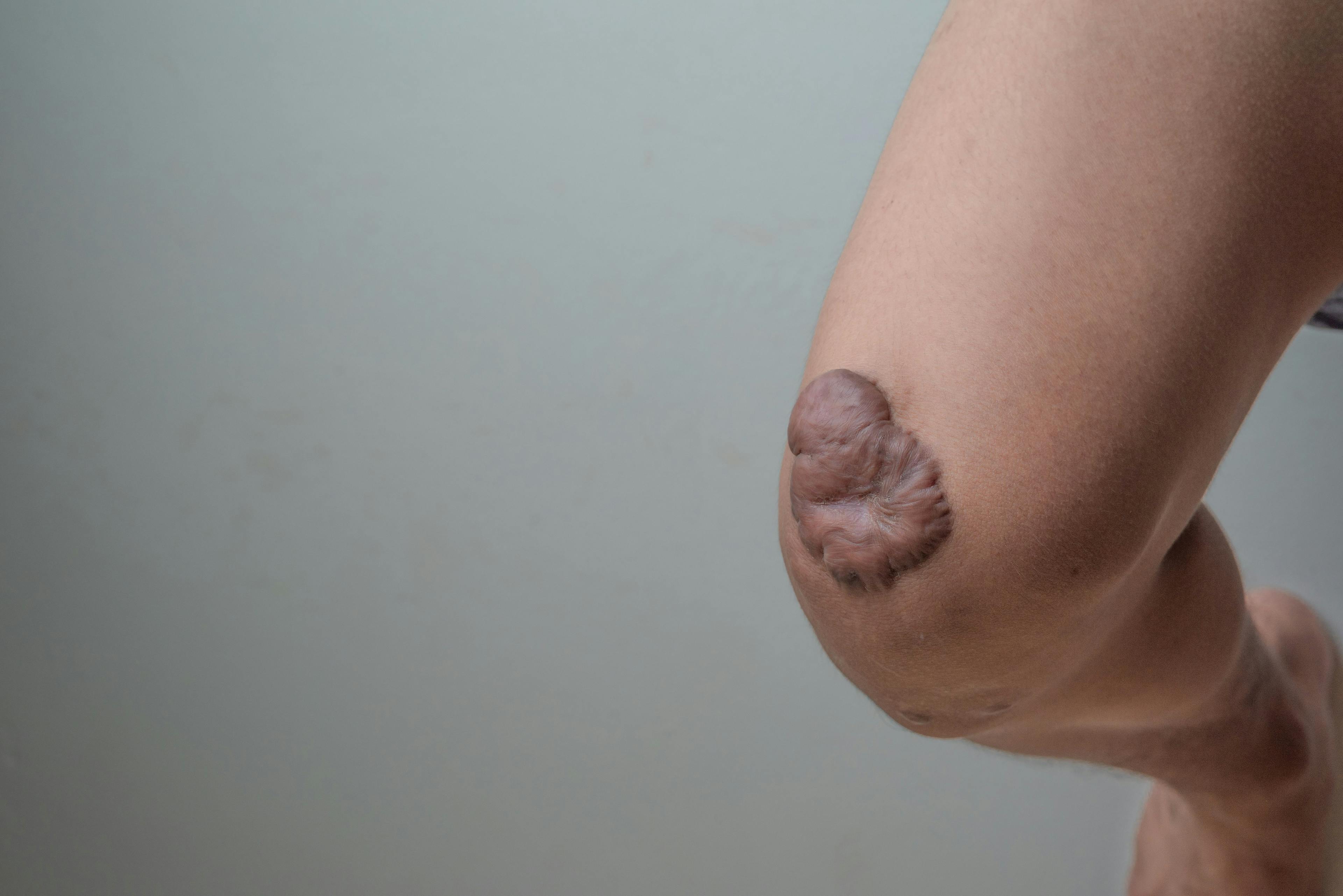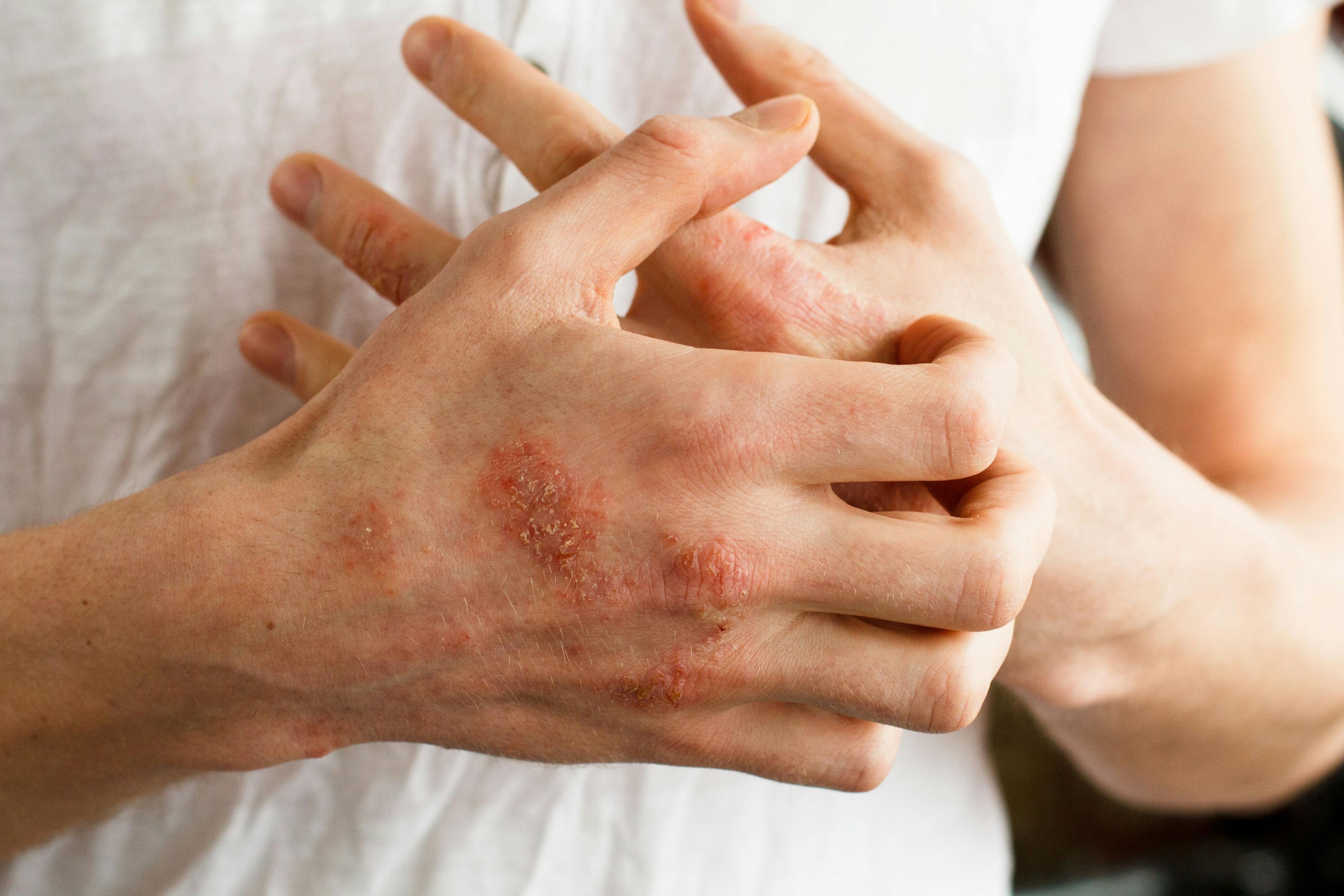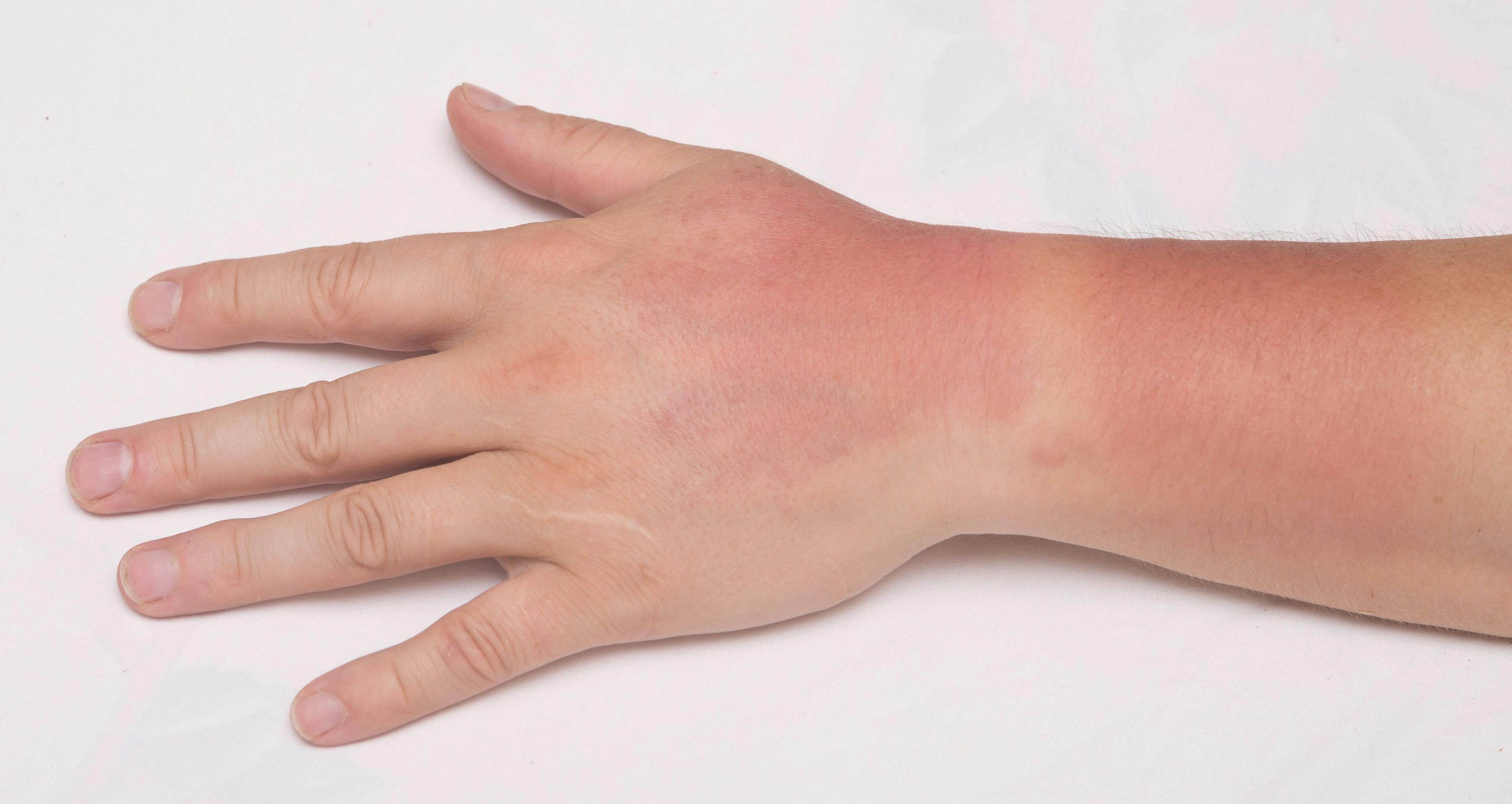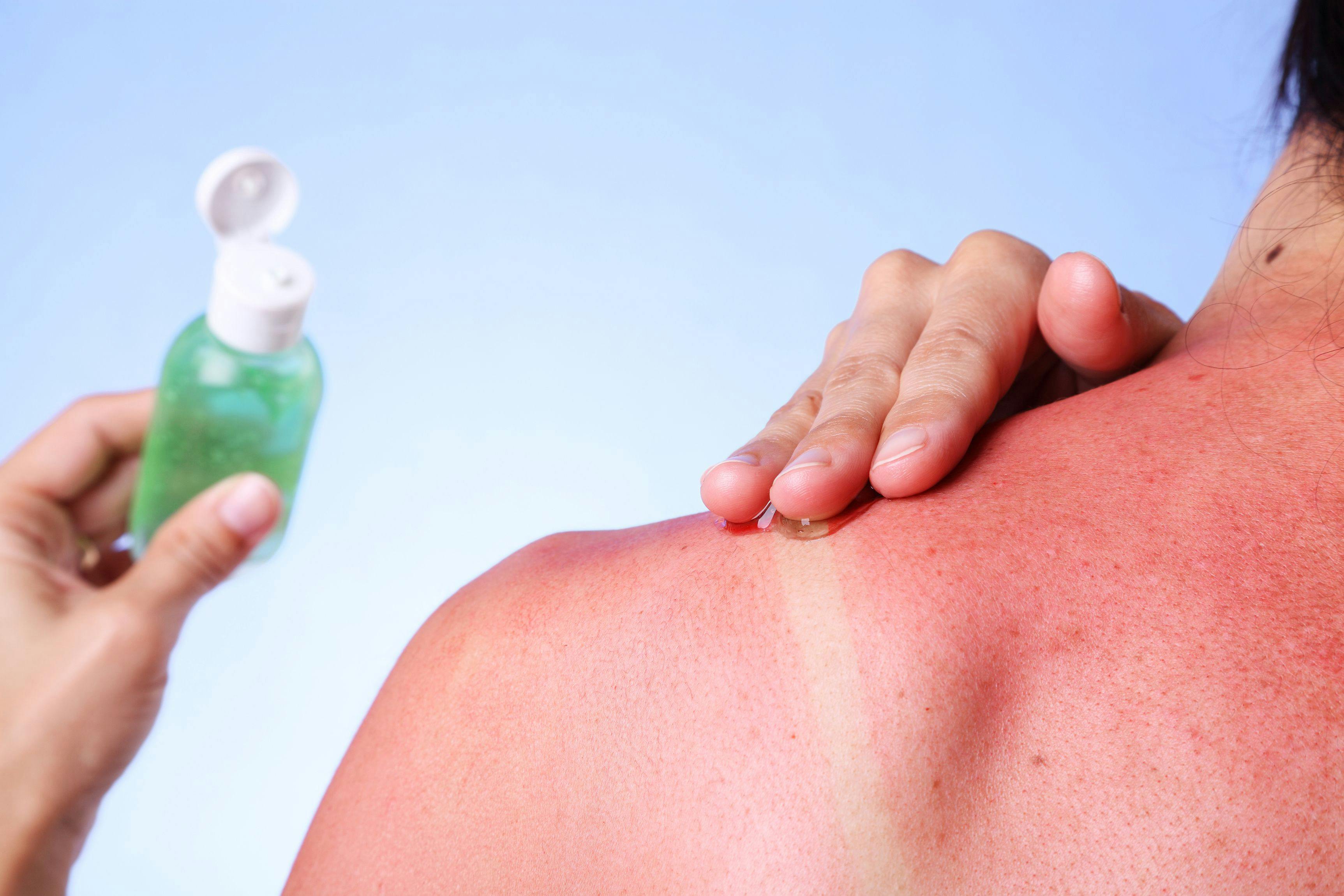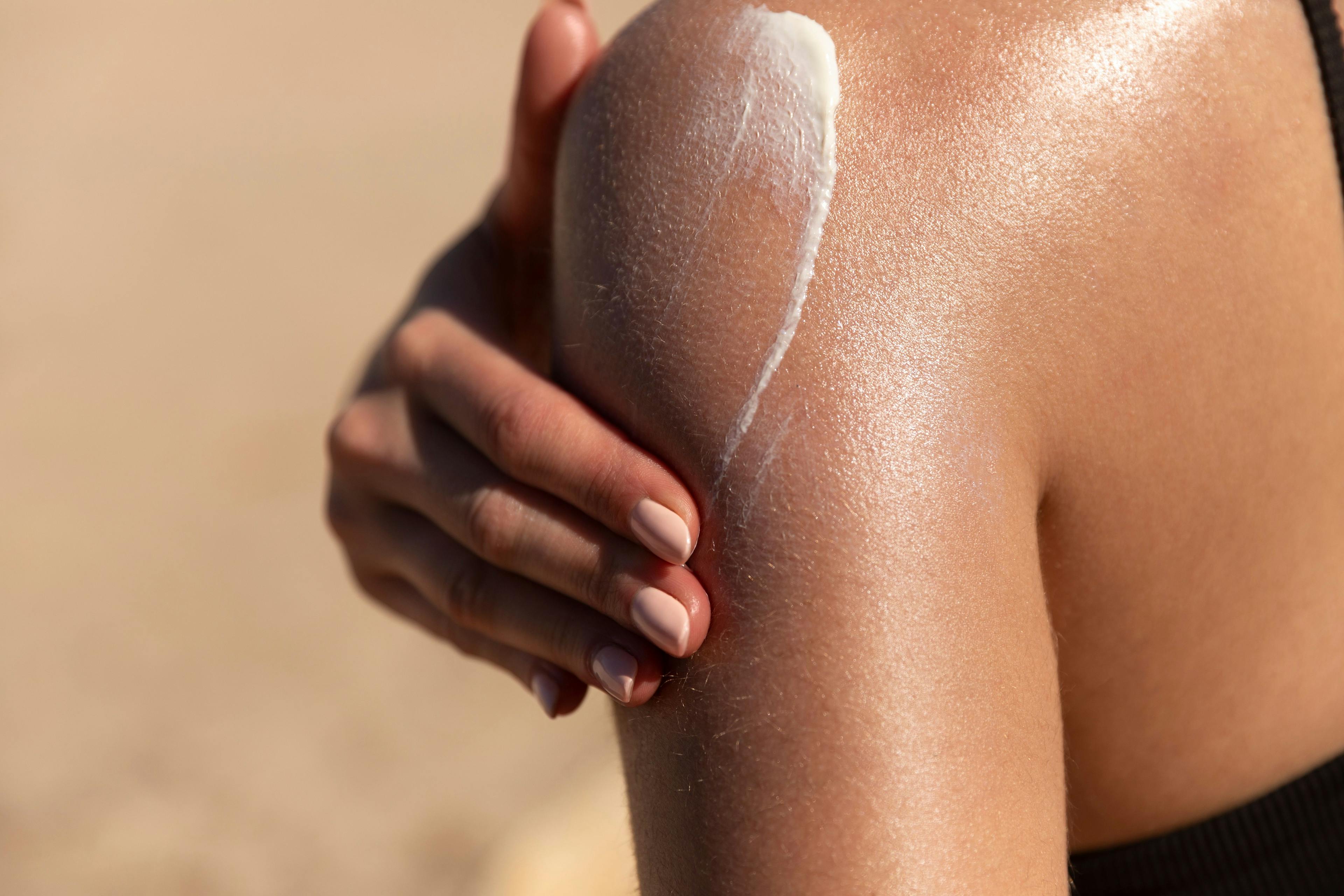- Acne
- Actinic Keratosis
- Aesthetics
- Alopecia
- Atopic Dermatitis
- Buy-and-Bill
- COVID-19
- Case-Based Roundtable
- Chronic Hand Eczema
- Chronic Spontaneous Urticaria
- Drug Watch
- Eczema
- General Dermatology
- Hidradenitis Suppurativa
- Melasma
- NP and PA
- Pediatric Dermatology
- Pigmentary Disorders
- Practice Management
- Precision Medicine and Biologics
- Prurigo Nodularis
- Psoriasis
- Psoriatic Arthritis
- Rare Disease
- Rosacea
- Skin Cancer
- Vitiligo
- Wound Care
Publication
Article
Dermatology Times
An Overview of Acral Peeling Skin Syndrome
Author(s):
The autosomal recessive disorder is primarily caused by mutations in the TGM5 gene and less frequently in the CSTA gene.
Acral peeling skin syndrome (APSS) is a rare condition that affects fewer than 1000 individuals in the United States.1 Only a few dozen cases are documented in medical literature. The hereditary skin condition is characterized by painless shedding of the epidermis.2 The condition primarily involves extremities such as hands and feet (hence acral), but sometimes it can also affect the arms and legs. The peeling manifests mostly at birth but can emerge later in early adulthood.3 Overall, the condition is mild and does not significantly affect patients’ quality of life.
Clinical Presentation
The disease appears shortly after birth or in early infancy as superficial painless peeling on the palmar, plantar, and dorsal surfaces of the hands and feet, leaving persistent erythema. APSS may cause superficial blisters. Moreover, the palmoplantar skin can also be hyperkeratotic.4 Skin exfoliation can be induced by heat, humidity, occlusion, exposure to water, friction, or slight trauma. The lesions are usually painless and heal without leaving scars; however, a burning sensation may be felt before or after peeling.
Causes
It is an autosomal recessive disorder that is primarily caused by mutations in the TGM5 gene and less frequently in the CSTA gene.2,5,6 The TGM5 gene produces the TGM5 enzyme in the epidermis that helps create a cornified cell envelope, forming a protective barrier between the skin and the environment,7 whereas the CSTA gene encodes for CSTA enzyme that plays a role in cell-to-cell adhesion.8
There are 2 genetic mutations that, when homozygous, mainly cause APSS. The first is mutation G113C, which results in the complete loss of TG5 function.6 The second mutation is T109M, which is not harmful on its own but is a polymorphism that affects the same allele and is usually coupled with the G113C mutation.9
Diagnosis
The diagnosis is mainly based on personal history and clinical presentation of superficial skin peeling and blisters, often exacerbated by maceration, trauma, or heat. Histopathologic examination shows mild hyperkeratosis and superficial separation between stratum granulosum and corneum or intracorneal split.10
Because the condition is uncommon and has little to no serious consequences, it is frequently misdiagnosed as epidermolysis bullosa simplex, with which its symptoms resemble.11,12 However, after ruling out epidermolysis bullosa simplex, it is recommended to screen for TGM5 or CSTA mutations. Other diseases considered in the differential diagnosis of APSS may include keratolytic winter erythema, tinea manuum, keratolysis exfoliativa, allergic contact dermatitis, and dyshidrotic eczema. Molecular genetics may help with diagnosing complicated cases.10
Management
There is currently no cure for APSS.1 However, management is mainly symptomatic and preventive, which includes protection from heat, humidity, and trauma, predominantly caused by pressure and friction.13 Skin-softening ointments such as petroleum jelly may help some patients improve their symptoms. This works best if the ointment is applied immediately after a bath, when the skin is still moist. The topical emollients might aim at reducing maceration and trauma caused by APSS. Moreover, keratolytic agents may also improve symptoms associated with the condition.14 Various treatment modalities, including methotrexate, isotretinoin, topical keratolytic agents, topical corticosteroids, and phototherapy, have been used but were found to be ineffective in treating APSS.14
References
1. Acral peeling skin syndrome. Genetic and Rare Diseases Information Center. Updated February 2023. Accessed February 21, 2023. https://rarediseases.info.nih.gov/diseases/12863/acral-peeling-skin-syndrome
2. Mohamad J, Nanda A, Pavlovsky M, et al. Phenotypic suppression of acral peeling skin syndrome in a patient with autosomal recessive congenital ichthyosis. Exp Dermatol. 2020;29(8):742-748. doi:10.1111/exd.14140
3. Sotiropoulou G, Zingkou E, Pampalakis G. Reconstructing the epidermal proteolytic cascades in health and disease.J Pathol. 2022;257(4):545-560. doi:10.1002/path.5888
4. Barak EC, Azzam W, Kubo A, Koetsier JL, Godsel L, Ziv M. Acral peeling in Nagashima type palmo-plantar keratosis patients reveals the role of serine protease inhibitor B 7 in keratinocyte adhesion. J Invest Dermatol. 2021;141(10):S177. doi:10.1016/j.jid.2021.08.174
5. Sarika GM, Ibrahim R, Zlotogorski A, Molho‐Pessach V. Acral peeling skin syndrome resulting from a novel homozygous mutation in the CSTA gene—a report of two cases. Pediatr Dermatol. 2021;38(6):1546-1548. doi:10.1111/pde.14843
6. Cañueto J, Bueno E, Rodríguez-Diaz E, et al. Acral peeling skin syndrome resulting from mutations in TGM5. J EurAcad Dermatol Venereol. 2016;30(3):477-480. doi:10.1111/jdv.12863
7. TGM5 - transglutaminase 5 (human). National Center for Biotechnology Information. Accessed February 20, 2023. https://pubchem.ncbi.nlm.nih.gov/gene/TGM5/human
8. Muttardi K, Nitoiu D, Kelsell DP, O’Toole EA, Batta K. Acral peeling skin syndrome associated with a novel CSTA gene mutation. Clin Exp Dermatol. 2016;41(4):394-398. doi:10.1111/ced.12777
9. van der Velden JJ, van Geel M, Nellen RG, et al. Novel TGM5 mutations in acral peeling skin syndrome. Exp Dermatol. 2015;24(4):285-289. doi:10.1111/exd.12650
10. Sticova E, Květoň M, Dubská M, Kubátová A. Acral peeling skin syndrome: an underdiagnosed skin disorder. Indian J Dermatol VenereolLeprol. 2019;85(3):316-318. doi:10.4103/ijdvl.IJDVL_3_18
11. Has C, Küsel J, Reimer A, et al. The position of targeted next-generation sequencing in epidermolysis bullosa diagnosis. Acta Derm Venereol. 2018;98(4):437-440. doi:10.2340/00015555-2863
12. Sialiti S, Mehdi K, Meziane M, Ismaili N, Benzekri L, Senouci K. Acral peeling skin syndrome: a misdiagnosed entity. Our Dermatol Online. 2021;12(e):e88-e88. doi:10.7241/ourd.2021e.88
13. Kelsey A, Parikh SA, Finch J, Grant-Kels JM. Skin health and healthy aging: skin disease. Healthy Aging. Published online March 30, 2019. doi:10.1007/978-3-030-06200-2_11
14. Hoeger P, Kinsler V, Yan AC, Harper J. Harper’s Textbook of Pediatric Dermatology. Wiley-Blackwell; 2020.
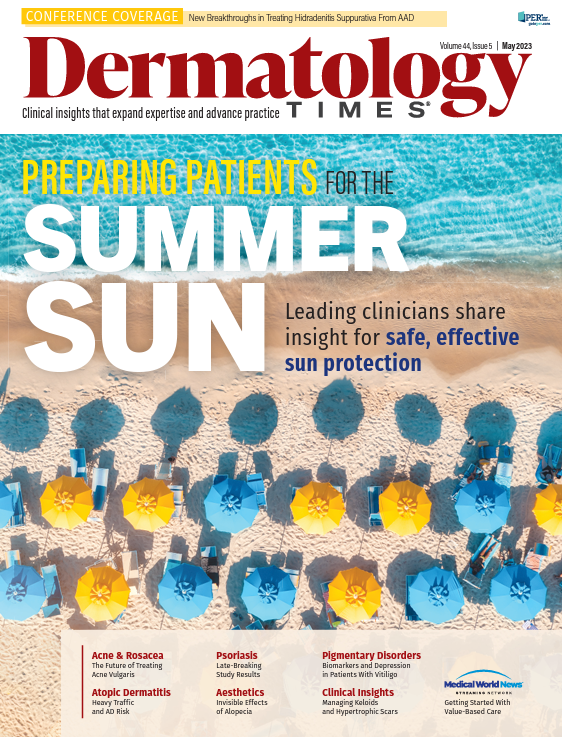
Newsletter
Like what you’re reading? Subscribe to Dermatology Times for weekly updates on therapies, innovations, and real-world practice tips.





